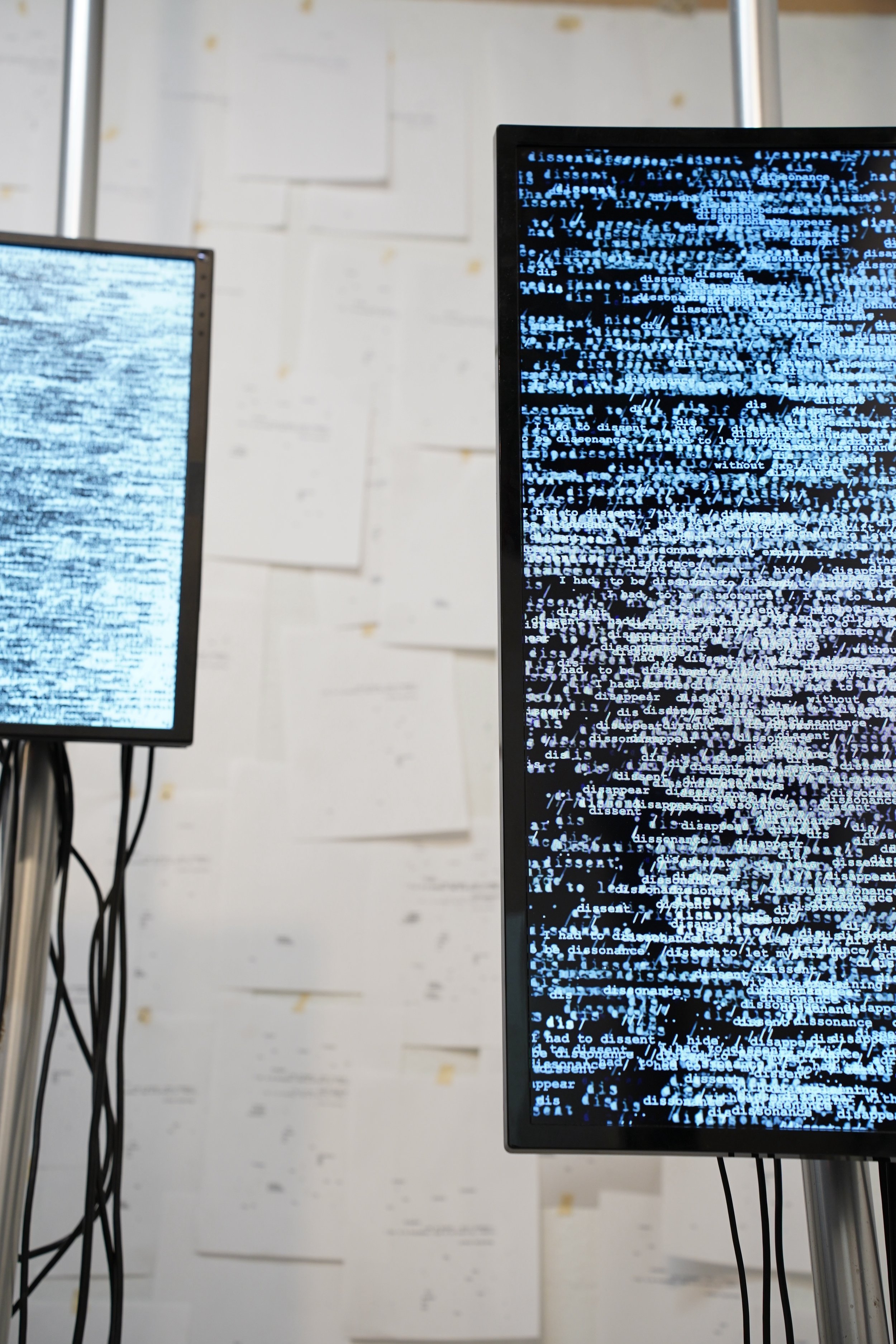
Julia Zurilla
Julia Zurilla was born in Venezuela and has been residing and working in Miami since 2017. Zurilla completed the Master's program in Systems of Representation of Contemporary Art at IUESAPAR, Caracas (2004). She also holds a Bachelor's degree in Art with a specialization in Painting and Mixed Media from IUESAPAR (2001), and a diploma in Fashion Design from IUDLM, Caracas (1989). Currently, she is an active member of Laundromat Art Space.
As a multidisciplinary artist, Julia interweaves images from various sources to challenge notions of belonging related to the environment. Her primary mediums include video, installations, and photography, complemented by writing and textiles.
Her art has been showcased in esteemed international museums, art biennials, institutions, and galleries, including Galería de Arte Nacional Venezuela (2023), Special Projects at PINTA Miami (2022), Coral Gables Museum in Miami (2020), Museo de Arte Contemporáneo MAC Lima in Peru (2019), Theâtre La Colonie in Paris (2018), Museo de Arte Contemporáneo de Caracas (2012), Cisneros Fontanals Art Foundation CIFO in Miami (2006), Museo de Bellas Artes Venezuela (2006), and The Americas Society Art Gallery in New York (2005).
Among her most recent recognitions are the "Miami Individual Artist Grant" from the Miami-Dade County Department of Cultural Affairs (2024 & 2023), the "Corral & Cathers Artist Fund Grant" from The Coral Gables Community Foundation (2023), and an "Honorable Mention" at the CACC (2023) in Venezuela. Additionally, she was awarded grants from The Jorge M. Pérez Family Foundation and The Miami-Dade County Department of Cultural Affairs' Grants Program in 2020.
Her work is part of institutional collections such as Fundación Museos Nacionales and Galería de Arte Nacional in Venezuela, Colección / Fundación Banco Mercantil, ExxonMobil Collection, and Luciano Benetton Collection.
works
-
Letter Adrift
"Letter Adrift" is a video installation that explores displacement, belonging, and constant change through an analogy between the binary process and the word.
The installation features three videos with a digital data-like appearance: one in positive (white background with black letters) and another in negative (black background with white letters). There's also a third video where the previous videos merge, transitioning from pure white to total black.
Through the disarticulation, displacement, and repetition of words and symbols composing a poem, images are created, forming a fabric of meanings, proposing multiple interpretations, and always holding an encrypted secret within.
These drifting letters are "spun" from small fragments that offer diverse interpretations but always contain an element of indecipherability. They are structured like a fan of possible connections, displaying different versions of a unit that never fully expose themselves. They are incomplete images, structured through absences, only revealed through concentration on the fragmentary.
With this installation, the aim is to explore the complexity and depth of communication, and how words and their interpretations can be changing and enigmatic, like a constant flow in which meaning drifts.
"Tuve que disentir, / ocultarme, / desaparecer. / Tuve / que ser disonancia. / Tuve que dejarme ir / a la deriva / sin explicar.”
"I had to dissent, / hide, / disappear. / I had / to be dissonance. / I had to let myself go, / adrift, / without explaining.”
Fragment from "Intemperie" 1977 by poet Rafael Cadenas, translated personally from Spanish to English.
-

Letter Adrift (2024)
Video installation composed of 3 monitors suspended on poles from floor to ceiling, cables and typewritten sheets of paper.
Variable dimension
-

Letter Adrift (2024)
Experimental video
Duration: 3 min. Vertical projection
Edition of 3


